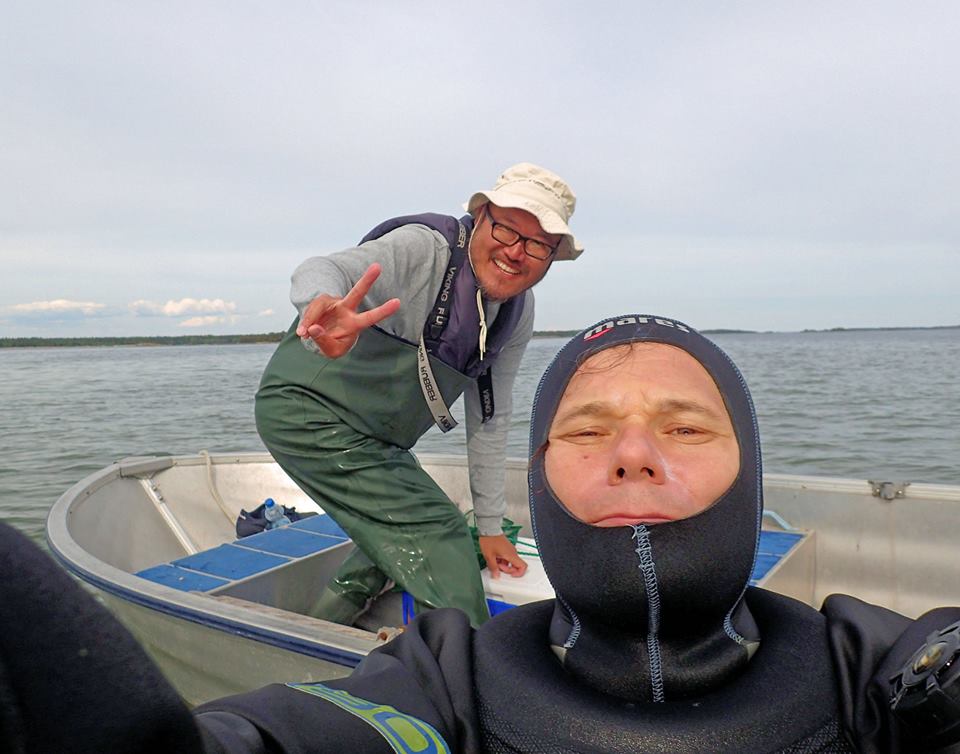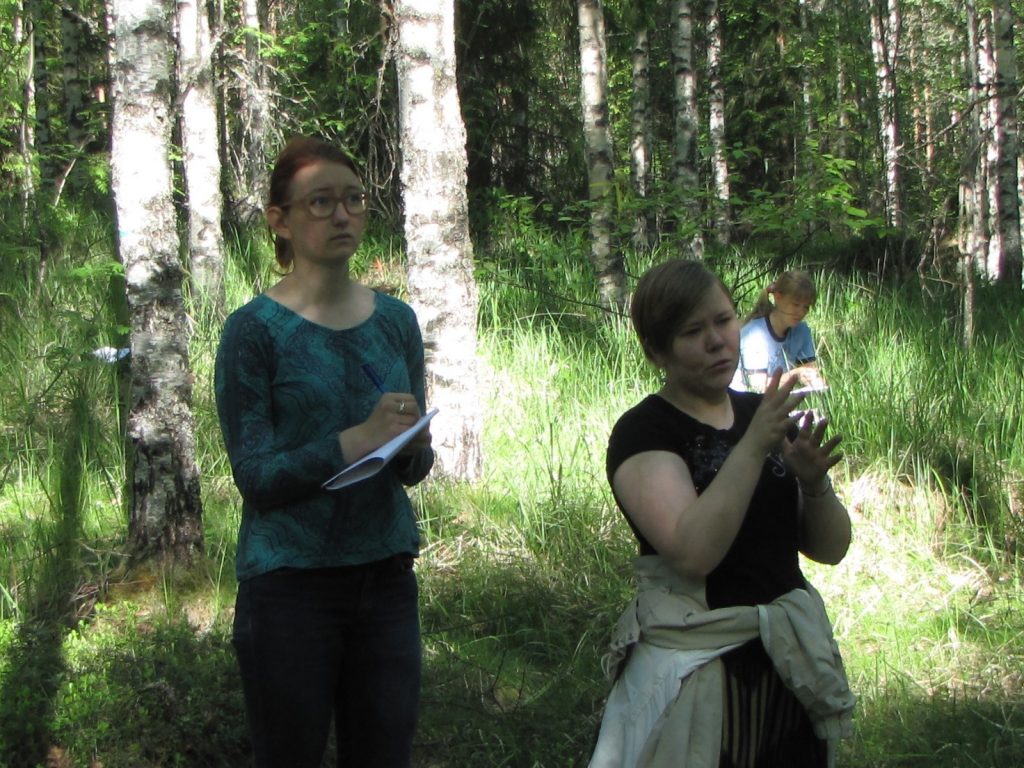Research in the Behavioural Ecology Research Group (Monash University, Australia), led by Associate Professor Bob Wong, focuses on the evolution of animal mating systems and behaviour. We have, for instance, investigated the impacts of environmental change on animal behaviour and the evolutionary process, and how investment in sex influences reproductive strategies and biological diversity.

Members of the Group have had a long association with Tvärminne Zoological Station. In this respect, the Group has also been working in close collaboration with Prof. Kai Lindström (and others) for over a decade on sexual selection and parental care in fish. The work in Tvärminne has involved both field and laboratory-based research investigating the role of environmental factors (e.g. salinity, predation risk, competition, resource quality and density) on male and female mating behaviour. Our work has also included student research, with Australian-based students undertaking experiments on male parental care in sand gobies and sticklebacks.

In 2017, Bob Wong and Dr. Topi Lehtonen completed a field based experiment in Tvärminne, investigating the role of nesting resource quality and male-male competition on patterns of nest colonisation in male sand gobies. The research involved setting up artificial nesting resources (ceramic tiles) in shallow water near Vargskär Island and manipulating both the quality of the resource (large versus small tiles) and the extent of resource aggregation (i.e. a single nesting resource on its own, or two nesting resources in close proximity) and examining the attributes of the males that subsequently settle into those areas. The findings will contribute to our understanding of how resources and resource competition affect settlement patterns in the wild.


Associate Professor Bob Wong, Monash University, Australia.
Read more from:
Bob Wong lab webpage: bobwonglab.org
Topi Lehtonen: sites.google.com/site/lehtonentopi/


